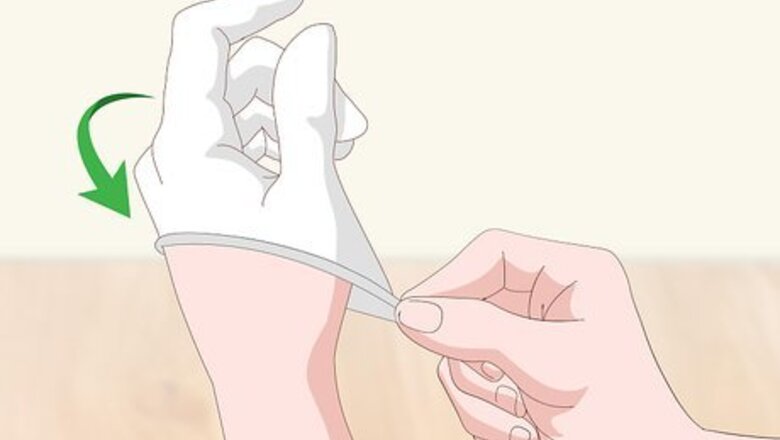
views
X
Research source
However, if using a new syringe is not an option, you can try a few different ways of removing a clog. Once the clog is removed, sterilize it before using it again.
Using Hot Water to Unclog the Syringe
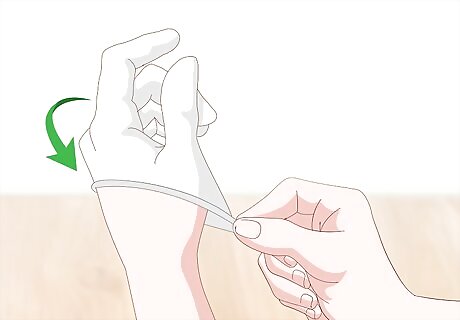
Wear protective gloves for safety before handling the needles. Put on latex or latex-free sterile gloves to protect yourself from infection if you can. Even with gloves on, however, remain cautious when handling needles as these gloves will not protect you from a needle-stick.r If gloves are not available, wash your hands thoroughly with soap and water before and after handling the syringe. If soap and water are not available, opt for an antibacterial hand lotion as an alternative.

Detach the needle from the syringe with pliers. Hold the syringe in your non-dominant hand and face the needle away from you and others. Use pliers to grasp the needle and pull it off of the syringe. Some syringes may have a screw-on attachment. If this is the case, use your pliers to unscrew the needle from the syringe.
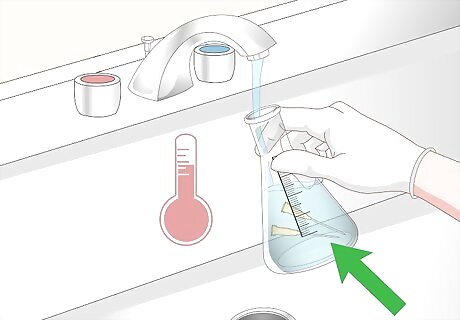
Fill a large glass flask or jar with hot water. Choose a clean glass container that is large enough for you to submerge the entire needle. Fill the container with hot water from the tap. Place the needles in the hot water, pointy side down, and allow them to soak while running the hot water over them for 3-5 minutes. If your tap water is not safe to drink, use boiled water instead.

Reattach the needle to a clean syringe. Draw the syringe plunger out. Tightly hold the bottom of the needle between your fingers and insert it into the tip of the syringe. If you have a screw-on syringe, twist the needle at its base to reattach it to the syringe.
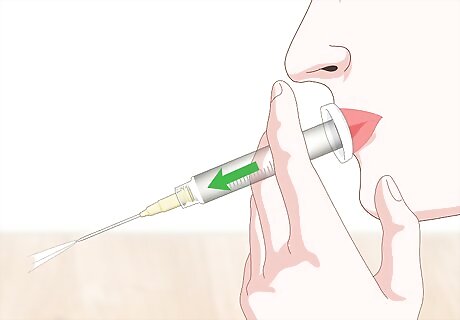
Blow air through the needle to remove any remaining residues. Hold the syringe between your fingers. Face the needle away from you and hold it over a napkin, towel, or sink. Push the plunger down to blow air through the needle. Draw the plunger out again and repeat this step several times until the plunger moves freely and easily.
Using Heat to Melt the Clog in a Syringe

Preheat an oven to 248 degrees F (120 degrees C). Use a lab oven or autoclave if you can. This equipment is the optimal size and shape for heating medical equipment like syringes. If you are using a traditional kitchen oven, you will also need to use an oven safe container to house your syringes.
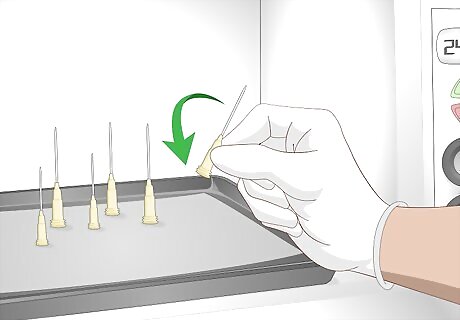
Place the needle in the oven, upside down. In a lab oven, place a napkin on the bottom of the oven. Stand the needle, pointy side up, on the napkin. Lean it against the oven rack to help keep the needle standing. In a traditional oven you may need to try different set-ups using your oven racks and an oven safe container to get the needles to stand vertically. Try placing the needle, pointy side up, inside a baking dish on the bottom rack. Allow the needles to rest against the bars of the top rack. The heat will melt any residue inside the syringe, so it’s important to stand the needle up so that the melted residue can flow out of the needle.
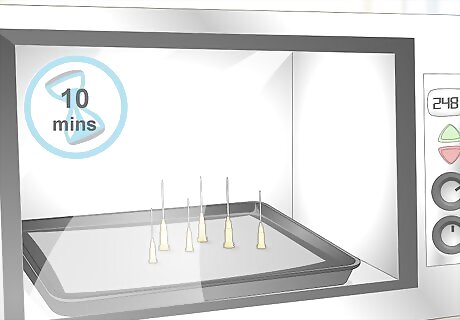
Bake the needles for 10 minutes before removing. Remove the needles from the oven carefully and place them on a clean towel or in a sterilized jar. Use tongs or oven mitts to remove the needles as they will be hot to the touch. The heat should have melted any residue that was stuck in the syringe.

Flush the syringe with isopropyl alcohol to remove any remaining materials. You can buy rubbing alcohol at the grocery store or pharmacy in the first-aid section. Fill a small jar or glass with about 1 in (2.5 cm) of the alcohol. Insert the tip of the needle and draw back the syringe plunger to fill the syringe. Expel the solution into the sink by pushing the plunger down. Avoid contact with your eyes and wear goggles for extra precaution. Avoid inhalation of the fumes from the isopropyl alcohol. Wear a vapor respirator or proceed in a well-ventilated area.











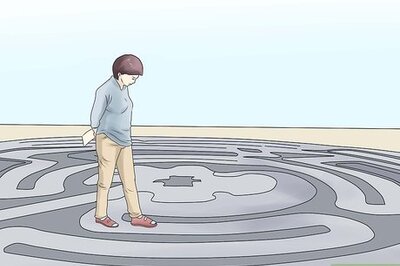





Comments
0 comment